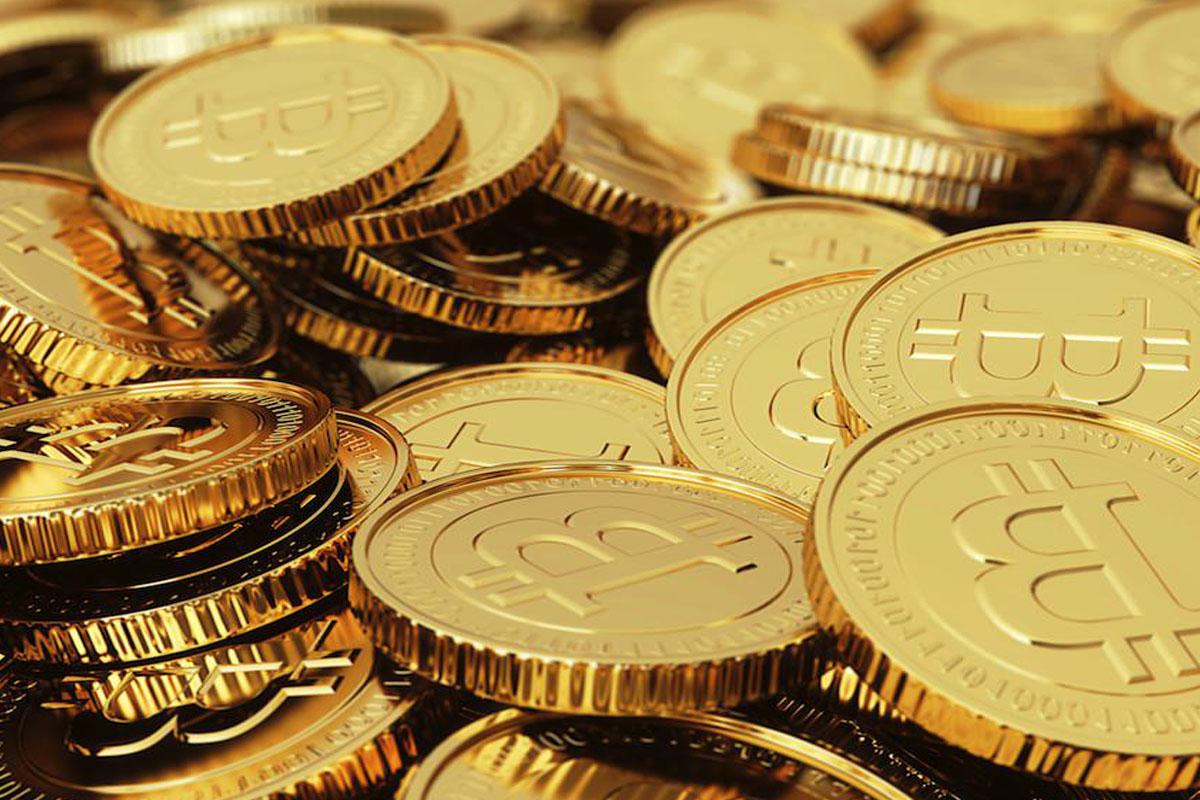Wie Man Gefälschte Kryptowährungen Erkennt Und Betrug Vermeidet
Wie Man Gefälschte Kryptowährungen Erkennt Und Betrug Vermeidet

As we previously reported, Initial Coin Offerings, commonly abbreviated to ICOs, are a crowdfunding fundraising method. In cryptocurrency communities, a distributed network of investors – based in different locations around the world – can invest in new blockchain projects and purchase tokenized assets using either fiat currency, Bitcoin , or Ether. ICOs are similar to the concept of Initial Public Offerings (IPOs) on the stock market, where investors can buy shares in a company; in ICOs, investors buy the project’s tokens (which act like stocks) and pay in a cryptocurrency, such as Bitcoin. ICOs are a means for blockchain startups and other projects to quickly raise funds and (potentially) penetrate a global market with a particular idea, product, or project.
Reverse ICOs, as they have come to be called, use the process of an Initial Coin Offering to tokenize or decentralize their business, raise additional investment, or launch a blockchain-based branch of their traditional business. Simply put, while a “traditional” ICO aims to quickly raise funding to start or launch a blockchain business or project, a “reverse” ICO sees an established firm raising funds to decentralize or open up its pool of investors.
Because many large companies either have a track record of success, are regulated by regional authorities, or have already conducted an initial public offering (IPO), reverse ICOs are believed to be more easily valued and can operate with greater legal and fiscal transparency and trustworthiness. While small and medium-sized companies can attract venture capital and funding rounds, large companies must largely resort to an IPO to obtain mass funding from a wide range of investors. While this process is beneficial and can help certain companies gain more prestige, the process involved is heavily regulated and is usually only open to accredited investors. Through a reverse ICO, companies are able to distribute tokenized assets or utilities to raise funds or functions for a wide range of worldwide investors without – for the most part – going through a laborious legal process or complying with foreign regulations.
In some cases, established firms have conducted a “reverse ICO” to establish their own economy within their product. One notable example is messaging app Kik, which successfully conducted an ICO and launched its own cryptocurrency – Kin – for use within its app to facilitate payments and purchases. In other cases, reverse ICOs have allowed companies to distribute and decentralize their operations or ownership across a blockchain without going through the normal processes involved in conducting an IPO. Many cryptocurrency exchanges – in an effort to decentralize their operations – have turned to an ICO to create their own cryptocurrency value, conduct their operations across a blockchain, or attract new investment. While it remains to be seen in practice, it is believed that many companies may show interest in conducting reverse ICOs in the future to launch new products or attract crowdfunding investment.
Wie Man Gefälschte Kryptowährungen Erkennt Und Betrug Vermeidet
10 Gründe, Warum Sie In Kryptowährungen Investieren Sollten
Was Ist Die Zukunft Der Kryptowährung? Die Wichtigsten Zu Beobachtenden Trends
Wer Akzeptiert Kryptowährungen Und Bitcoin